How are TV subtitles created
for people with hearing impairments?
Producing and distributing subtitles is a personnel and cost-intensive task. SWISS TXT, a subsidiary of SRG, has been performing this task for over 30 years for SRG SSR and a variety of other clients. It began in 1984 with subtitles for the broadcast of the papal visit to Switzerland and became the comprehensive service that it is today for all the viewers that can only understand TV programmes with subtitles.
TV subtitling for people with hearing impairments
The process of producing subtitles is closely interlinked with the TV programme itself. There are two main types of programmes on TV: recorded and live programmes. Each programme has a procedure that determines what is broadcast and when. When a programme is being prepared, the subtitler working on it has to gather all the necessary information for the programme.
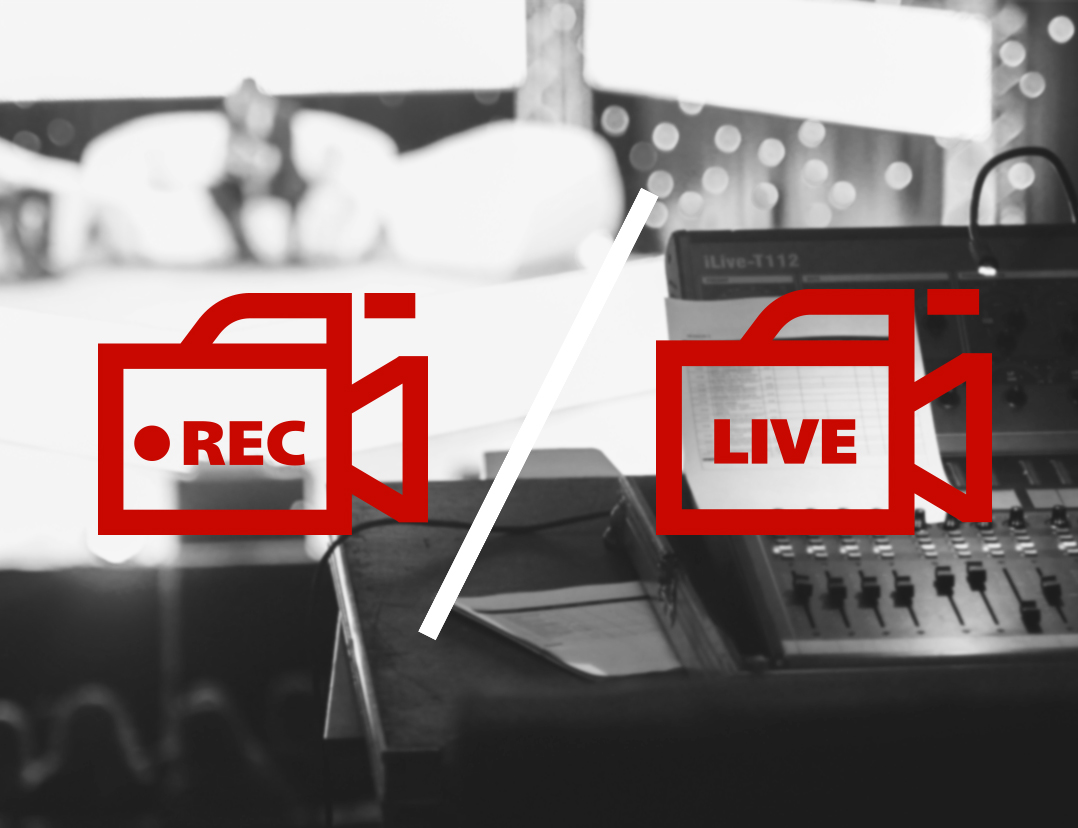
Recorded or live programmes?
CREATION OF SUBTITLES AT THE SRG SSR
"Hallo SRF": Visit to SWISS TXT subtitling (13.10.2017)
Nicoletta Siegrist explains Live-subtitling on RSI
Recorded programmes
The majority of programmes on TV are recorded. Fictional content such as feature films, TV series and documentaries are usually always recorded. Some programmes are ready as early as a few weeks before they are broadcast, others only a few hours before. When it comes to subtitling, it is not just a matter of typing up what people are saying; in fact, subtitles should reproduce what is said in an appropriate, coherent and accurate manner. Subtitles should be easy to read, which means the subtitler often has to shorten or reword what is said, ensuring no information is lost and retaining the authenticity and central idea of the spoken text. Subtitles are segmented into semantic units and synchronised to appear as they are spoken. If necessary, information to identify the speaker and descriptions of music or sounds are also included. A second person reads through and checks the whole programme subtitle track.
Live programmes
There is a difference between programmes that are broadcast entirely live and so-called semi-live programmes. For semi-live programmes like the “Tagesschau” (news programme) for example, subtitlers can access the editing system where the show’s editors store text and video clips. The subtitlers use these materials to help them create the subtitles for the pre-produced parts of the programme. The pre-prepared subtitles are then broadcast during the live programme in time, as far as possible, with what is being said.
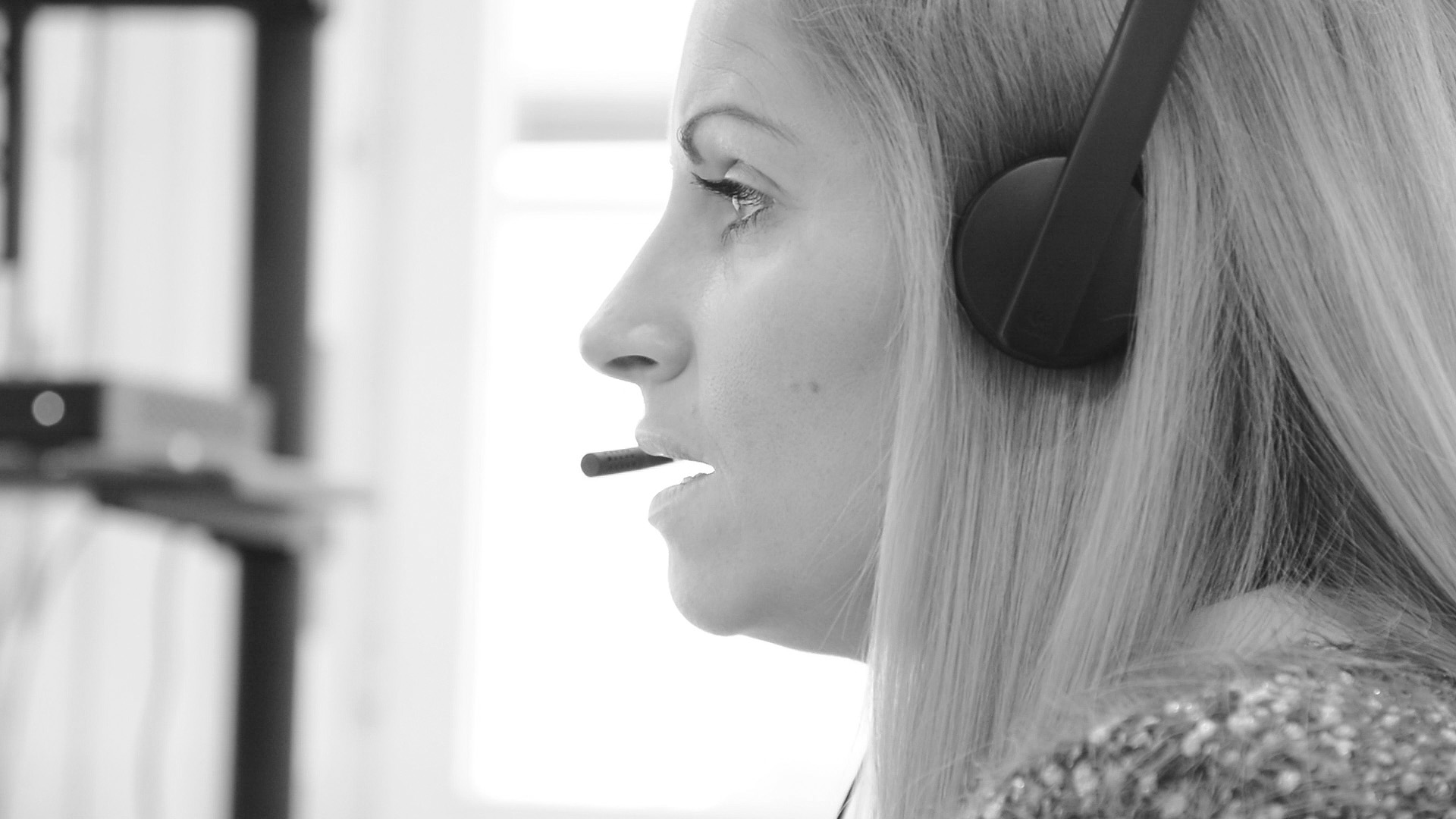
The respeaker listens to what is being said and dictates it.
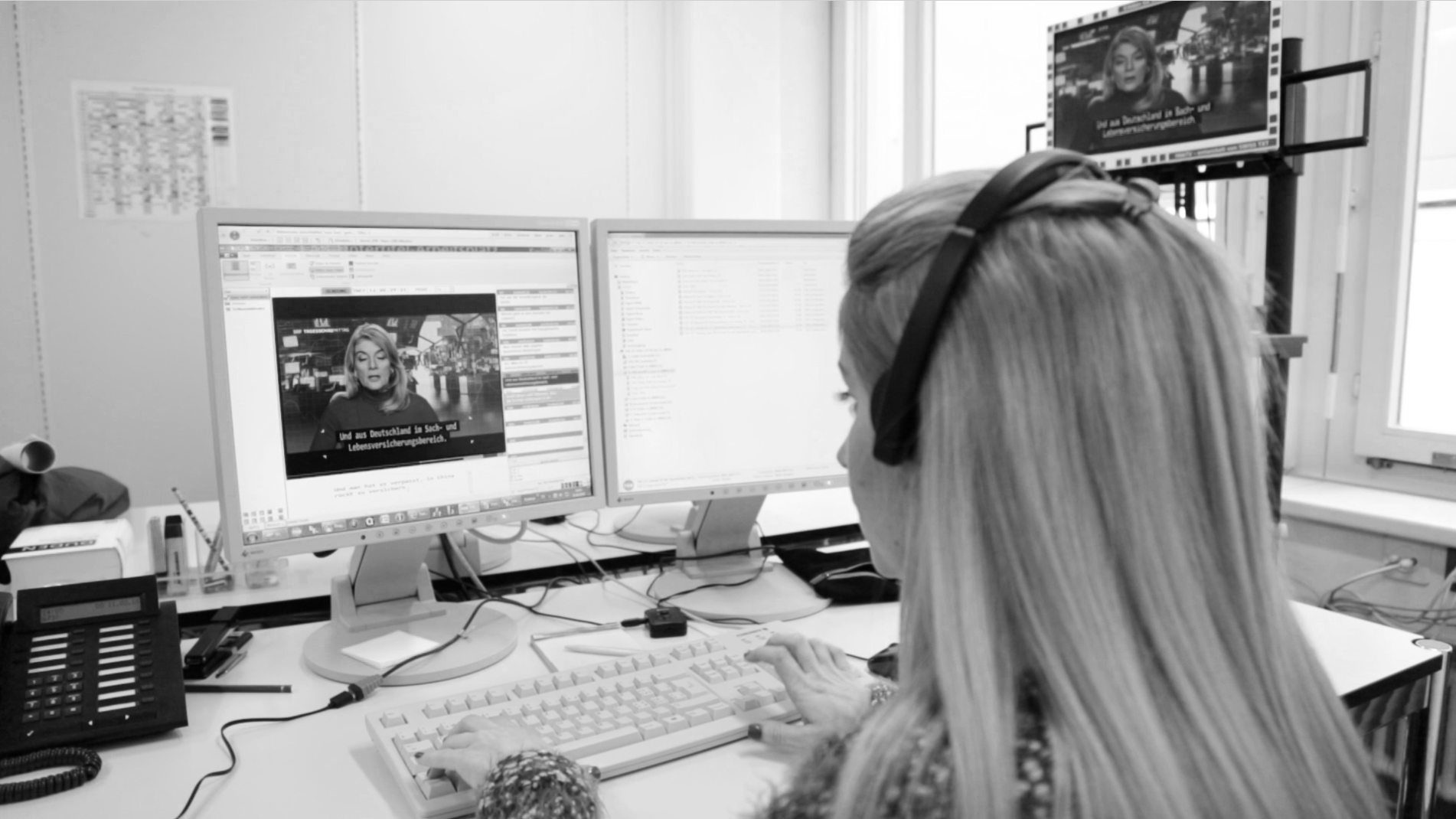
The speech recognition software turns this into written text...
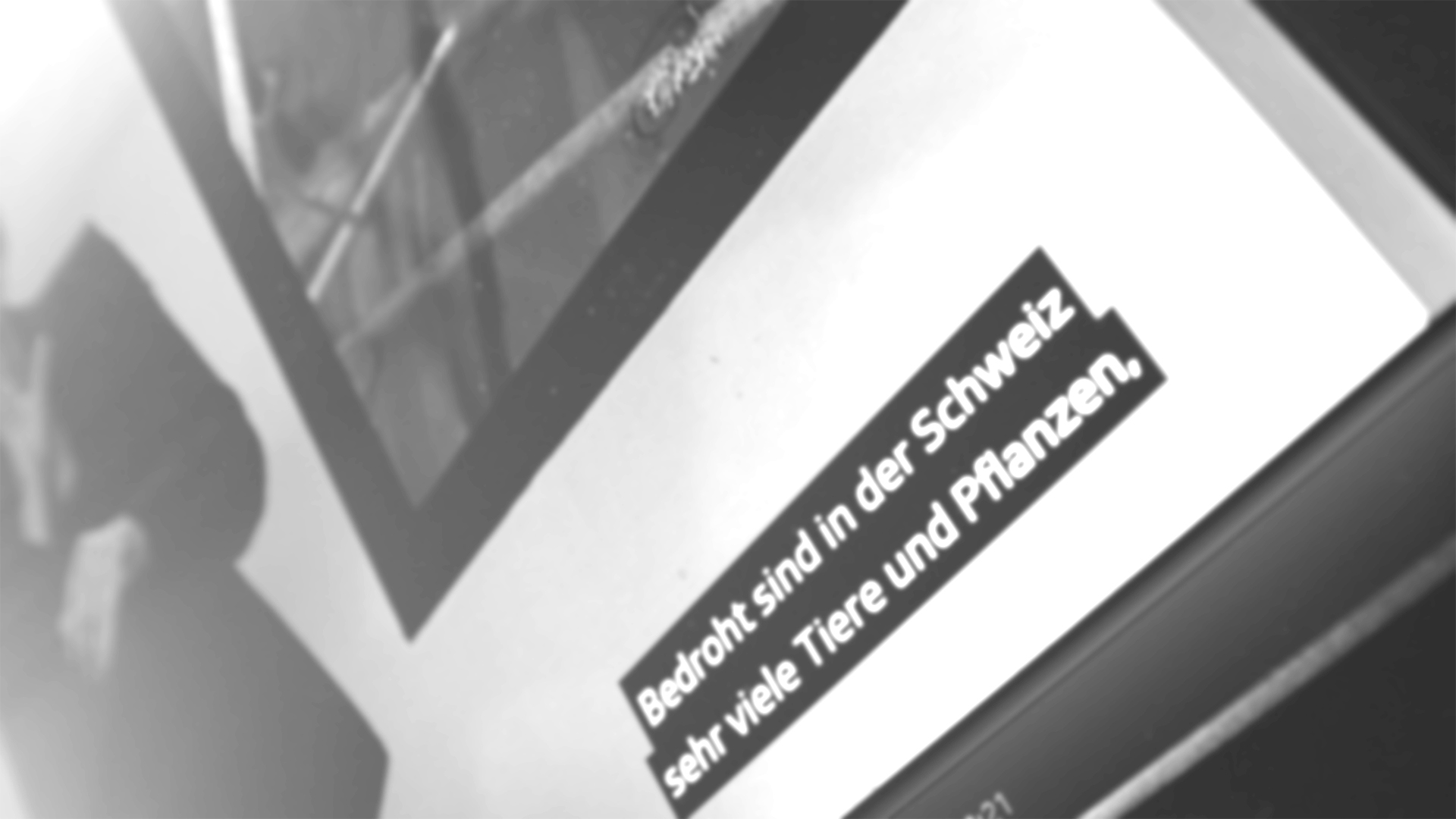
...then broadcasts the text on air as subtitles.
There are frequently live segments during semi-live programmes, such as when correspondents appear live on the Tagesschau. These subtitles are produced live with the help of speech recognition software. This method of subtitling is called respeaking and is subtitled by respeakers. The respeaker listens to what is being said in the live segment and dictates it and any punctuation into a microphone. The speech recognition software turns this into written text, which the respeaker checks for accuracy and spelling, correcting any mistakes if necessary. The respeaker then broadcasts the text on air as subtitles as quickly as possible. These kinds of live subtitles are not synchronised with what is being said, instead they appear on-screen with a delay. This delay is unavoidable because the respeaker must always wait to listen to what is being said before turning it into text using the speech recognition software.
There are obviously also programmes that are completely live, such as when sport is broadcast for example. For these kinds of broadcasts, it is not possible to prepare subtitles beforehand, so the whole programme is subtitled using speech recognition software, or respoken.
Respeaking is a kind of simultaneous interpreting which requires a high degree of linguistic skill, the capacity to pick things up quickly, an excellent ability to concentrate, a resilience to stress and a talent for multitasking. Respeakers need to listen, analyse what is being said and immediately reproduce it in an appropriate and coherent way – all at the same time. They have to speak clearly and dictate the text in meaningful segments so the speech recognition software can generate it as quickly, and with as few errors, as possible. Since everything is done live, respeakers work under a great deal of time pressure and stress, as well as having to do everything in a complex technical environment.
Respeaking was introduced by SWISS TXT in 2008 as a method of producing subtitles for live programmes.
A service provided by SRG
Subtitling is a service that SRG provides. This is based on the Swiss Radio and Television Act and an agreement that SRG has concluded with associations for people with sensory impairments.
Displaying subtitles on your TV set
Subtitles are sent via the TV signal and can be turned on in the settings on your TV or set-top unit. Subtitle text can even be displayed in different sizes with HbbTV.
Learn more about: Case Access Services
Learn more about: Other offers from Access Services
Learn more about: Facts and figures, incl. annual report
The history of subtitling in Switzerland
Schweizerische Teletext AG [Swiss Teletext] produced Switzerland’s first subtitles for the Pope’s visit to Switzerland in 1983. Subtitles for live broadcasts were produced by the broadcasters themselves, while subtitles for recorded programmes were provided by Genossenschaft Hörgeschädigten Elektronik GHE [Confederation for Electronics for the Hearing-Impaired] in Biel, using its own specially-developed technology. The first subtitles for broadcast in French-speaking Switzerland appeared in 1985 and they were followed in 1987 by subtitles in Italian, as broadcasters gradually moved towards producing their own subtitles.
The flagship Swiss-German news programme “Tagesschau” was first broadcast with subtitles in 1991, on what was then known as “Schweizer Fernsehen” [Swiss Television]. News programmes in Switzerland’s other linguistic regions gradually followed suit. The number of subtitled programmes rose markedly in 2007, when legislation mandating that a set percentage of programs had to be subtitled came into force, and live programmes have also been subtitled using speech recognition software since 2008. Today, 70% of all television programmes across all seven SRG television channels are subtitled.
Gion Linder
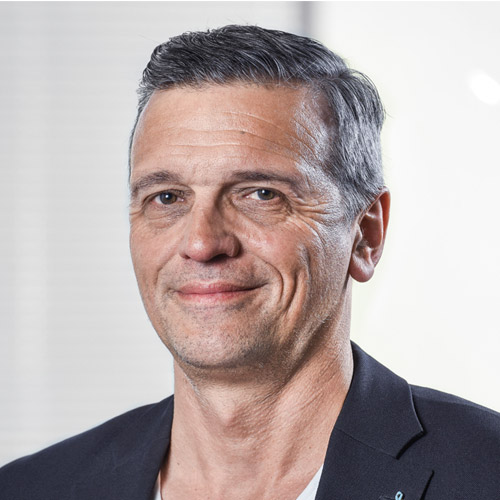
Head of Access Services
T +41 58 136 40 49

